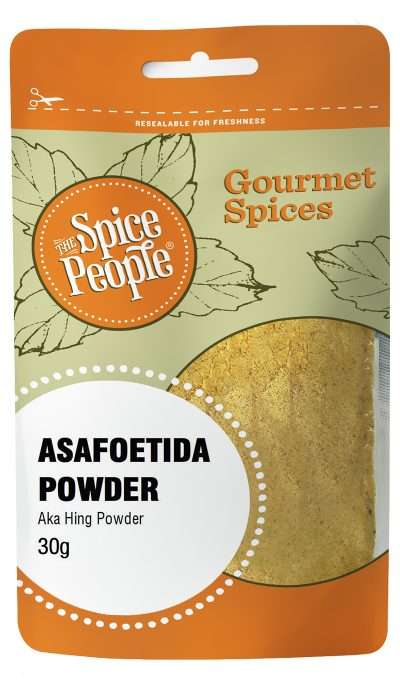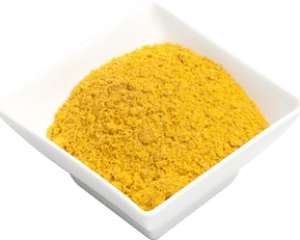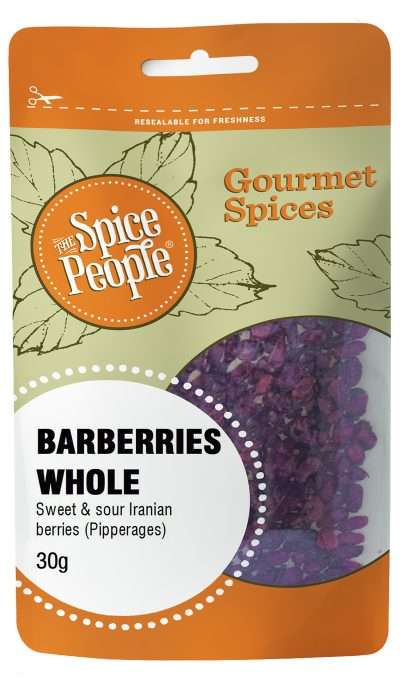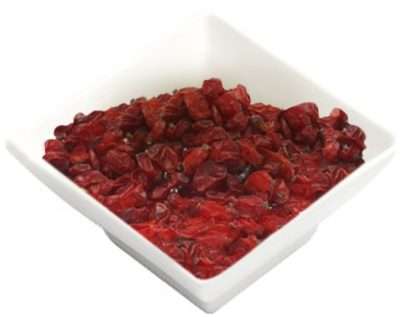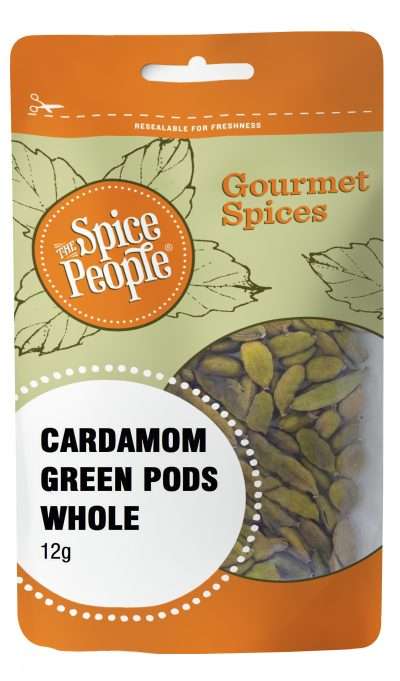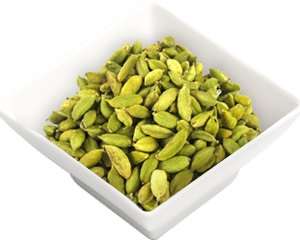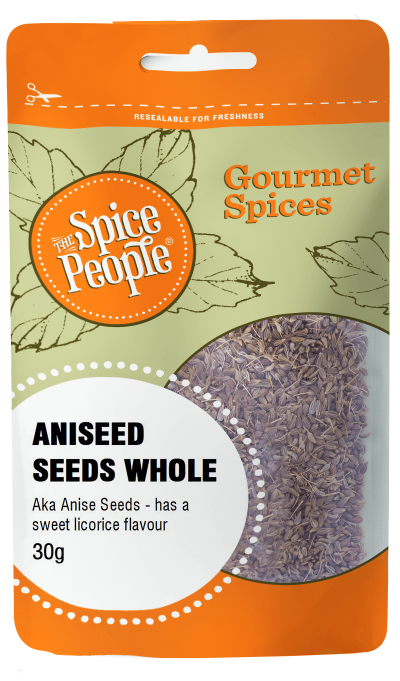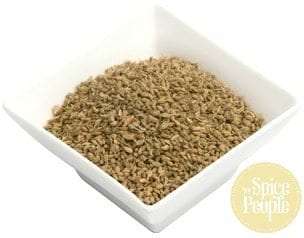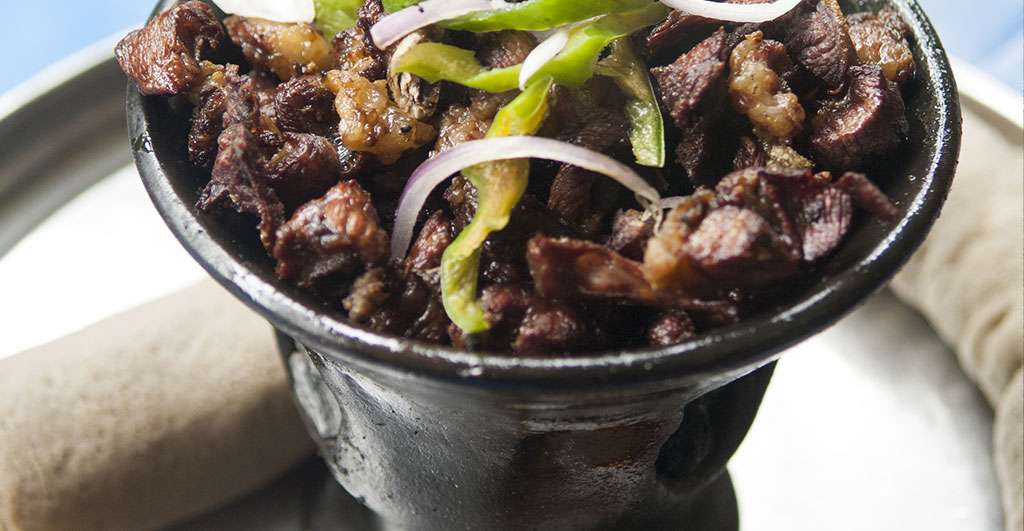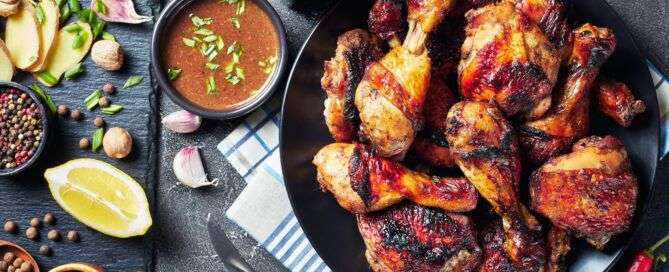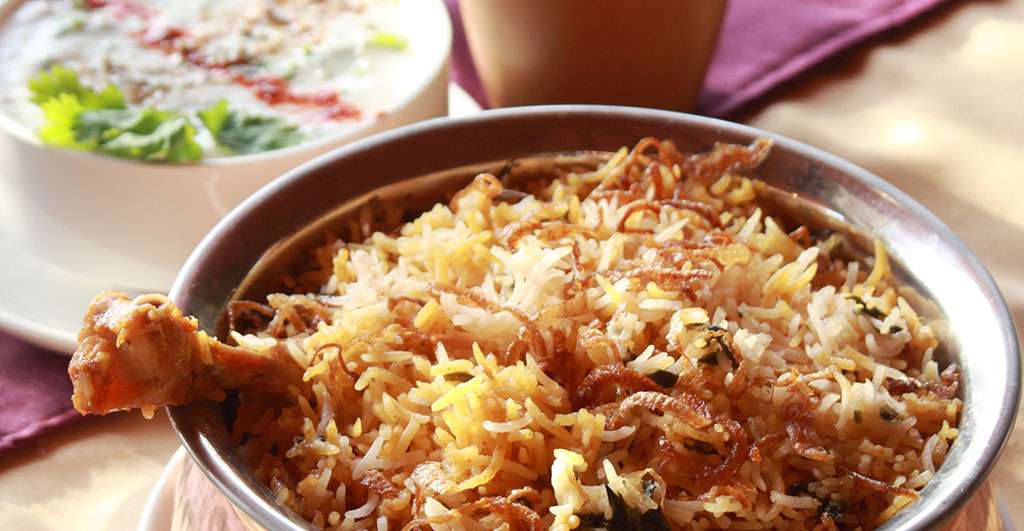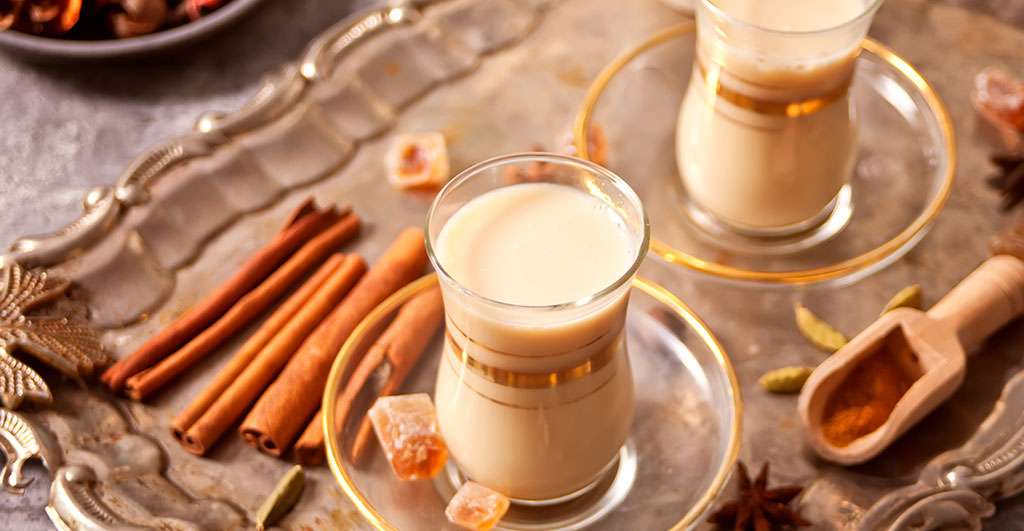Coriander Seeds Ground – 150g
49 in stock
Product description
Ground coriander seeds are obtained from the coriander (or cilantro) plant that belongs to the carrot and parsley family. They have a yellowish brown colour and a a delicious flavour reminiscent of orange peel and sage. It is a versatile spice that works in both savoury and sweet dishes. It is an essential spice in Indian and Middle Eastern cuisine. Our coriander seeds ground are grown locally in Australia and ground to fine powder in our factory. The spice people carry these coriander as coriander leaf, coriander seeds ground and coriander seeds whole.
Flavour Notes:
Coriander seeds, from the coriander plant, can be ready for harvest when the plant turns brown in colour and dry in texture. If harvested too soon, immature light green seeds can have a bitter flavour. To harvest, the crop is cut, tied in small bundles, and sun-dried for several days. They have a yellowish-brown colour and a delicious flavour reminiscent of orange peel and sage.
Culinary Notes:
Corinader Seed is a versatile spice that works in both savoury and sweet dishes. It is an essential spice in Indian and Middle Eastern cuisine. Used whole and ground to impart a fragrant, earthy flavour, they’re best bloomed in a warm pan before using to release their volatile oils and get the most out of their flavour.
Health Benefits:
Coriander seeds possess many plant-derived chemical compounds that known to have been anti-oxidant, disease preventing, and health promoting properties.
Ingredients:
100% dried Whole Coriander Seeds
How to use
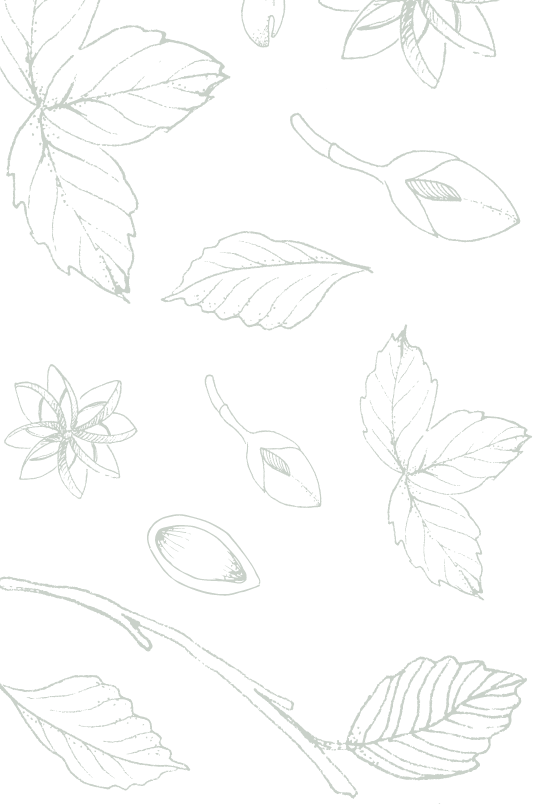
The Spice People FAQs


The Spice People FAQs

Other Spices you may like
Featured in



Join the Spice People to Get Started on Your Culinary Spice Journey!
Be the first to hear about our exclusive promotions, new product releases, recipes and more.






